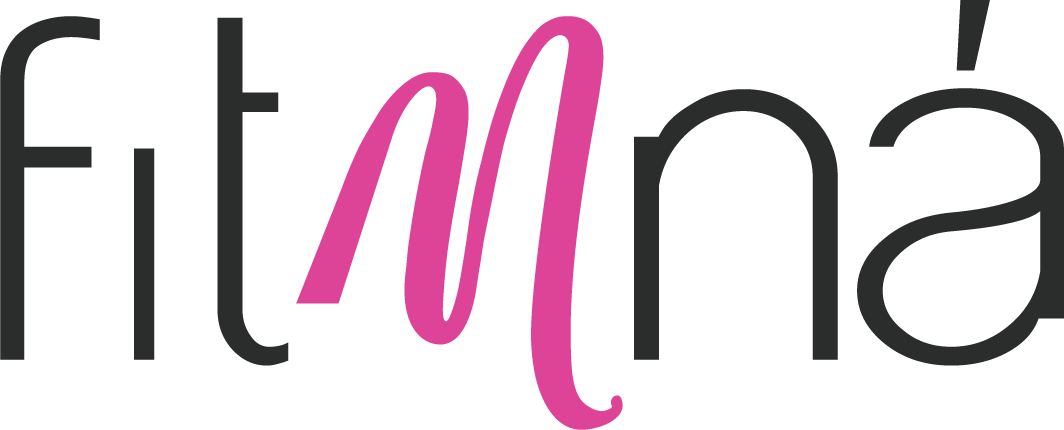Guide to Training During Pregnancy
We are still behind on research into training during pregnancy. More studies are being published but there is still a lot of general advice out there like “Listen to your body” or “ Do what you have always done”. Unfortunately these don’t take into account the physiological, hormonal and emotional changes during pregnancy. The general guidelines for exercise in pregnancy suggest at least 150 minutes per week of moderate intensity physical activity. Exercise has benefits to both mum and baby, for example:
Reduced risk of gestational diabetes
Decreased risk of preeclampsia
Decreased postpartum recovery time
Decreased risk and severity of low back pain
Decreased risk of urinary incontinence
Prevention/improvement of depression symptoms
Maintenance of physical fitness
Potentially reduced the risk of caesarean section
Key Considerations for training
Breath Start to be more mindful while training and using the inhale and exhales to support the pelvic floor and core. Use the connection breath throughout pregnancy and after baby. Remember to lift the pelvic floor on the exhale. For trimester 1 and 2 exhale on the movement so up in the squat, as you pull up into a ring row. Trimester 3 change to exhaling throughout the movement.
Posture Ensuring ribs are stacked over hips. No banana shapes for overhead pressing or tucking tailbone under, this goes for walking too! Try to maintain the stack position and keep ribs and hips connected.
Pressure The goal is to manage pressure on the core and pelvic floor during pregnancy. Be aware of tension in the glutes, upper abs or pelvic floor as you continue training. Exhale from the bottom up to reduce pressure on the pelvic floor. Posture and breathing also affect pressure management.
Tendencies Do you know what your tendencies are? Do you thrust your ribs up (banana shape)? Or hunch down and grip your upper abs? Do you work with your breath or hold it? Being aware of your tendencies will help you to modify your strategies during pregnancy
Risk V reward If you are in doubt about doing a certain activity or exercises ask yourself the risk V reward. For example running, consider why you want to do it? Maybe you love cardio. Is it risky? In the second and third trimester it can be. Can you get that same stimulus in a different way? Yes. Rowing, biking, step ups
RPE - an easy way to check in with your intensity is to remember breathy but not breathless. You should be able to maintain a conversation while training!
I recommend doing a full-body strength training routine two to three days per week throughout pregnancy. This will not only help you maintain (or gain) muscle mass, it also allows you enough flexibility to incorporate exercise into your week and gives your body adequately rest and recovery between sessions.
If you were exercising before pregnancy, you can keep doing it. However, going for personal bests or continuing to lift heavy might not be the best idea. You can also squat and deadlift in pregnancy! Like the above point reducing the weight you’re lifting because it will become uncomfortable and may feel less strong for you. That being said, even if you are an experienced lifter, I would not suggest doing “heavy” deadlifts and/or “heavy” squats as you get into the third trimester, or simply when you begin to notice your belly is feeling less supported and perhaps bulging out during these exercises. The goal is to minimize the severity of diastasis recti and to not induce further pressure on the pelvic floor.
It is also safe to lie on your back after the first trimester. Research is now supporting the understanding that you’re likely just fine and doing no harm to baby by doing some exercises on your back; if you feel comfortable there. Unless you feel nauseous, light headed or have trouble breathing you are probably OK to do a few reps. Of course as your bump grows it might no longer feel comfortable.
So, is it safe to exercise while pregnant? Yes! Exercising has a host of benefits that we are already aware of. For all our pregnant mammas out there, exercising particularly strength training, can help you to maintain muscle mass, limits pregnancy weight gain, decreases chances of a C-section and thus promotes post-natal recovery. My biggest piece of advice is little and often but be mindful with your body and the intensity.
Want the ultimate guide to training during pregnancy PLUS sample workouts?
